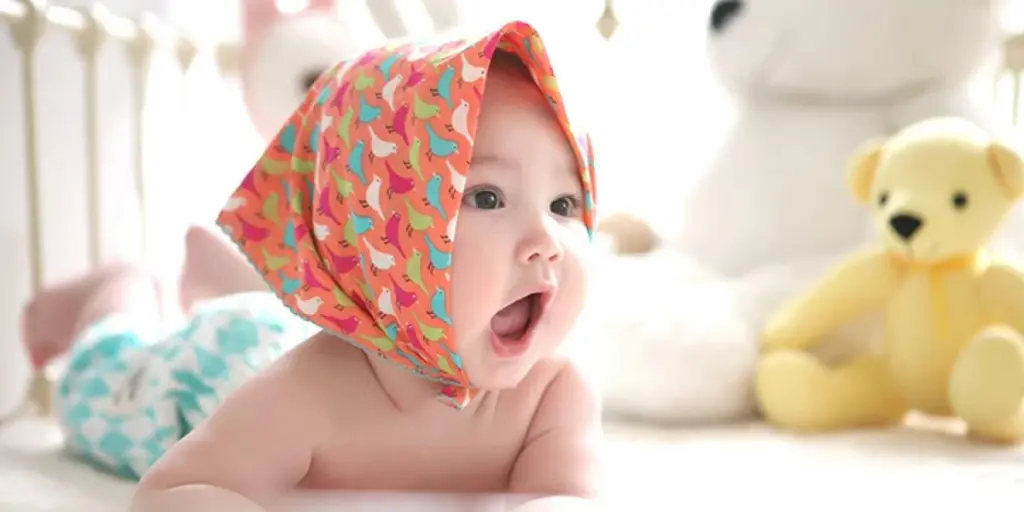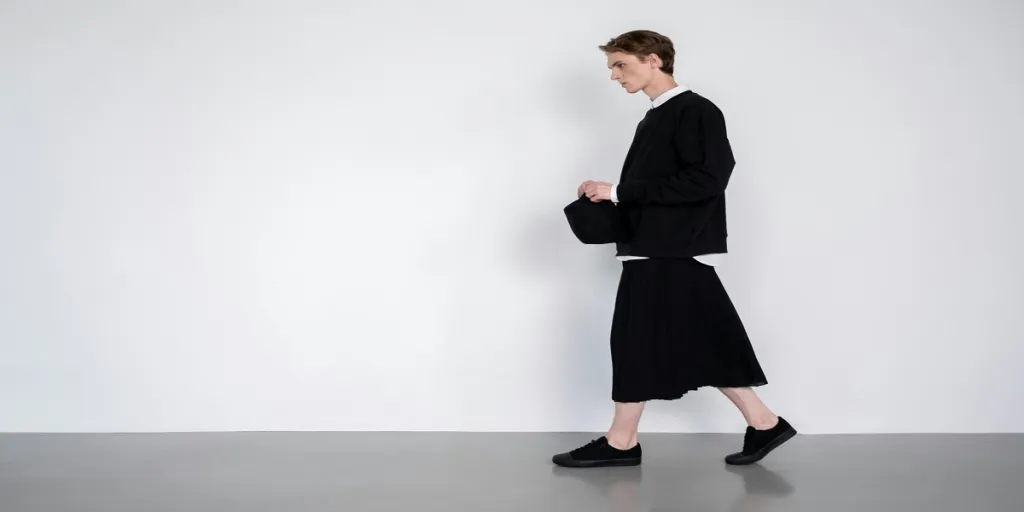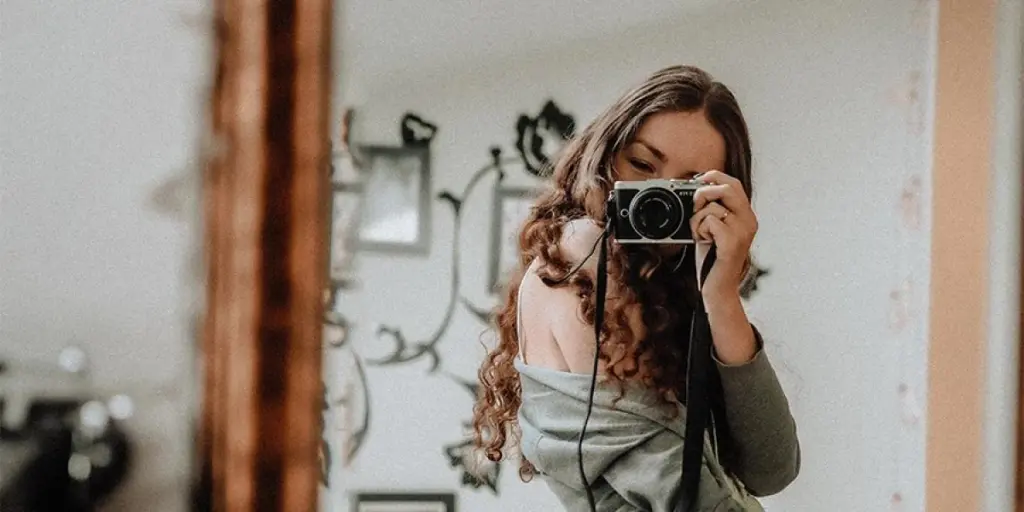Hats are stylish wardrobe staples that are in demand all year round and embroidering logos onto them enables brands to customize these headpieces in fashionable ways.
Embroidery logo hats offer a more polished and refined look than print-on-fabric hats, making them eye-catching for shoppers, and profitable for businesses who retail them. This article discusses six things retailers must consider before selling embroidery logo hats.
Table of Contents
Overview of the global embroidery market
6 things to consider before selling embroidery logo hats
How to improve embroidery logo quality
Rounding up
Overview of the global embroidery market
Marketing experts predict the global decorated apparel market will expand from its US $23.06 billion value in 2021 to a compound annual growth rate (CAGR) of 12.8% from 2020 to 2030. The increase in demand for branded products and rising export opportunities globally are key factors driving this market.
Although embroidery is a delicate art, many machines can replicate the effect, albeit slower than printing equipment. However, the high quality of embroidered logos makes up for the slow production time and ultimately helps grow the market.
Hats are one of the most common accessories that can host embroidery patches. Interestingly, demands for embroidered caps have skyrocketed, along with the rising usage of hats for many events and occasions.
Regionally, Asia-Pacific leads the embroidery market, with over 20% of revenue generated from the Indian home decoration segment alone. North America follows closely behind with the rising number of consumers wanting customized hats.
6 things to consider before selling embroidery logo hats
1. Opt for bigger text
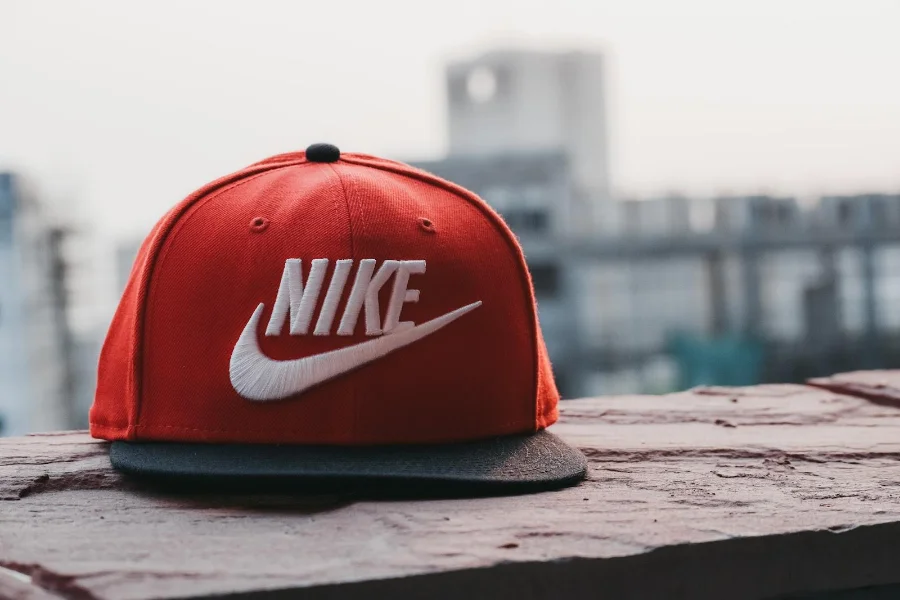
Embroidery logos won’t make any sense if consumers can read or see them. Smaller text also makes the art look unprofessional and the making process less efficient.
More importantly, embroidering involves thousands of stitches making it difficult to recreate smaller text. It would look squashed and illegible due to overlapping threads.
Therefore, it’s crucial for retailers to always choose larger text over smaller ones. Generally, bigger text looks more beautiful and legible.
2. Don’t include large filled areas
Large-filled embroidered areas can create a heavy look and feel on a fabric that consumers may find unattractive. It’ll also cost extra and use more energy than necessary to produce.
Instead of filling empty spaces with unnecessary designs, sellers should go for simple logo outlines or shapes.
3. Stick to bold and simple logos
Nothing good comes from overly complicated embroidery. Surprisingly, bold and simple always takes the win. It’s almost impossible to replicate fancy attributes like gradients, outer glows, and drop shadows with embroidery art.
In contrast, simple logos will save time and resources without interrupting the workflow. Switching colors or re-embroidering over a certain area won’t be necessary.
4. Avoid too many details
Although it’s tempting to include complex and intricate designs, it may be a difficult venture with embroidery. Retailers can use other ways to make logos stand out without adding too many details.
In addition, complex details depend on the hat’s fabric. Cotton may accommodate some level of complexity, but materials like polo would end up looking messy and shrunken. Moreover, adding extra details is more time-consuming and expensive to produce, even when using automated machines.
5. Consider the logo size
In addition to ensuring that logos do not have too many details, sellers need to embroider simple designs in the right size. Ideally, embroidery logos for hats should range between 2 to 5 inches (width) and 1 to 3 inches (height). But these dimensions depend on the hat’s type.
Thankfully, these numbers are flexible, and retailers should customize them to fit consumer preferences.
6. Choose the appropriate logo font

Fonts are equally as important as size when it comes to embroidery logos. Retailers can access software capable of generating embroidery stitching patterns that represent fonts.
Although these designs are easy to recognize, sellers may feel overwhelmed by the sheer number of stylish options. Nevertheless, retailers must always ensure they choose fonts that are easier to replicate with embroidery.
How to improve embroidery logo quality
Use sharp and quality needles
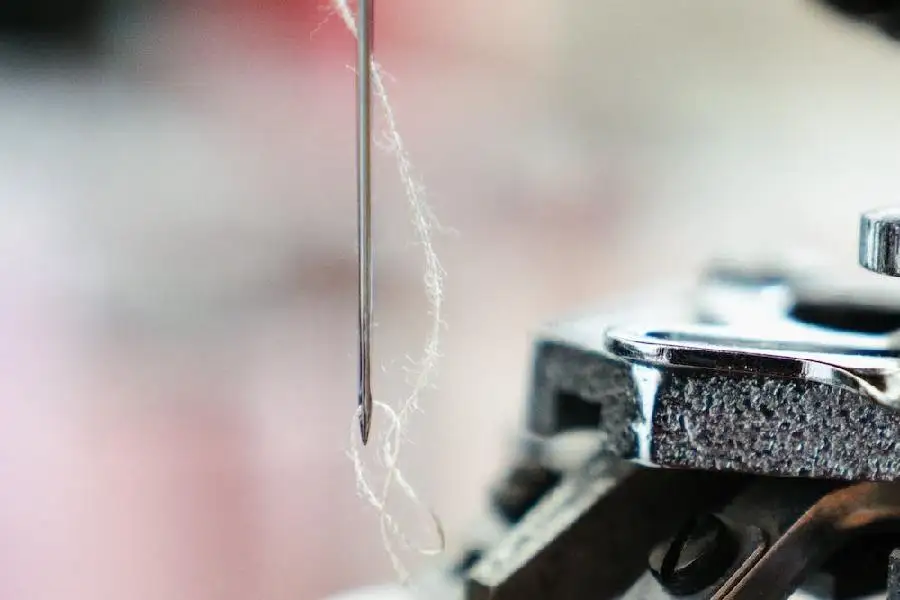
Needles for embroidery are like pencils for drawing. Artists using pencils with round, blunt tips will find it tricky to produce sharp and fine details. Similarly, blunt needles will fail to generate intricate designs, making designs look low quality.
Refined embroidery logos require sharp and high-quality needles for the perfect job. Low-quality needles will only create rough stitches and uneven holes.
Opt for quality threads
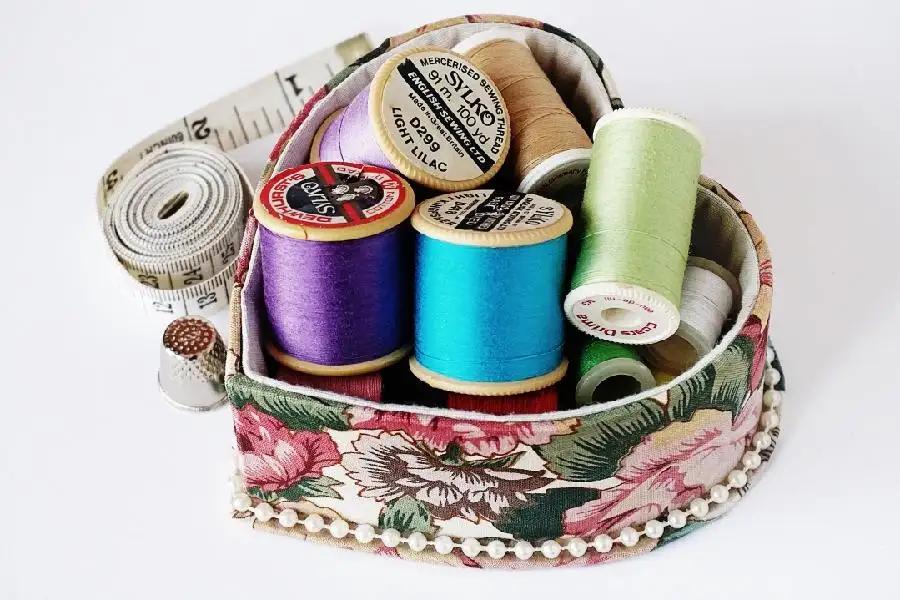
Poor-quality threads are risky for two reasons. First, they have a higher chance of breaking during embroidering, causing blemishes and roughening of the stitches and details. Second, bad threads have unpredictable reactions to coloring, which can breach the logo’s integrity and quality when dyeing.
Luckily, sellers can avoid such setbacks by using quality embroidery threads. Ideally, they shouldn’t be too thick or thin.
Focus on machine quality
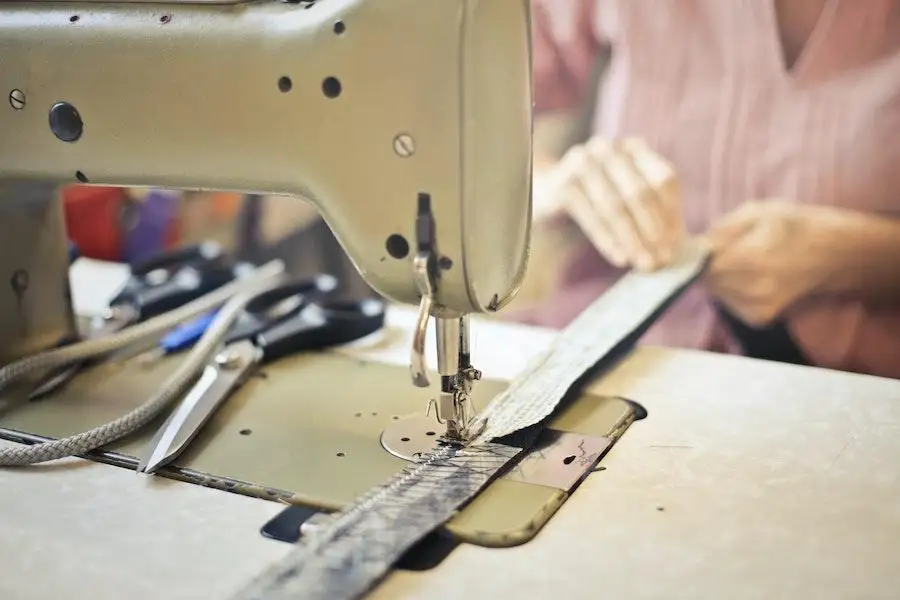
Although sellers can do embroidery by hand, the most efficient method is by machine. An embroidery logo’s quality depends on the machine’s quality. Poorly-maintained machines will only deliver terrible designs and stitches.
On the other hand, high-quality machines will provide fine details and eye-catching logos consumers can’t resist. In addition, retailers using machines must ensure they service them regularly and repair them when necessary for the best results.
Balance the lower thread tension
Balanced lower thread tension ensures all embroidery stitches are tight and secure. Loose variants may affect the upper thread tension and cause loops in the stitches.
The lower thread tension shouldn’t be too tight either as it’ll pull the logo into the fabric, creating an unattractive hollow. It may also cause the fabric to break or tear.
Tighten the frame

Frames come in handy when embroidering logos. They keep the fabric in place during the process, allowing everything to go as planned.
Embroidery frames have different shapes for different fabric sizes. However, retailers must ensure the frame remains tight to achieve high-quality stitching. Loose frames will cause folds and wrinkles in the fabric, making the entire hat look rough and unattractive.
Sellers must ensure that the frame is tightened properly and balanced to produce clean and high-quality embroidery logo results.
Rounding up
Embroidery logo hats are rising in popularity due to their uniqueness and prestige. While it is profitable for brands to incorporate different hat types into their catalog, it is even more profitable to focus on hats that are embroidery-friendly.
Businesses and sellers must carefully note all of the points to avoid missing out when the 2023 sales kick off.


